Why ‘gender affirming’ care is destroying our most vulnerable kids
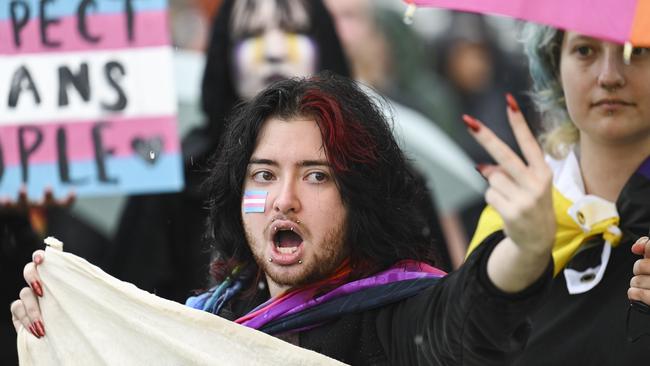

For years readers of The Australian have been made aware of the controversies surrounding the medical treatment of children who identify as other than their natal sex. But it is only recently the seriousness of the public health crisis has begun to be apparent.
This is a public health crisis caused not by a virus, not by a disease, but by a social contagion.
People who have raised concerns about these issues, as I have publicly since 2016, have been shouted down, hounded from jobs, vilified. For raising these issues, I have faced protests from student leaders and staff at the law school where I was dean. It has been very difficult indeed to get articles on the issues published in academic journals. Editorial control and peer review, so important to the tradition of good science, has been a vehicle for the most vigorous censorship in this area.
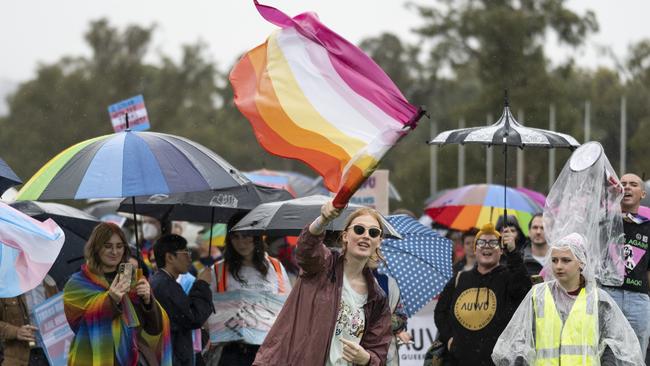
It is time for plain speaking about the issue. The transgender movement has been based on one truth and a thousand lies. The truth is that for a very small number of people, mostly born male, there can be such a disconnect between body and mind that they cannot find peace unless and until they take such steps as they can to pass as the other sex. This can involve taking cross-sex hormones and undergoing major surgeries that are difficult and risky.
Those who take this path, usually well into their adult years and after much suffering, are courageous. They deserve respect and support from us all.
But that one truth has been the nurse log on which a vast number of falsehoods have sprouted. Examples include the notion that there are not just two sexes, or that it is actually possible to change sex or be “non-binary”, or the idea that every child has an innate gender identity that awaits discovery.
Most people know these things to be nonsense, but in polite society we have been asked to pretend otherwise.
Politicians have embraced these ideas with enthusiasm – for example, passing laws that allow people to falsify their birth certificates on the basis that they now feel as if they are a different sex to the one in which they were born. Other laws have been passed criminalising the work of therapists who try to help children, adolescents and adults become more comfortable with the only body they have. Yet activists aren’t able to agree on whether gender identity is fixed and innate, fluid or socially constructed.
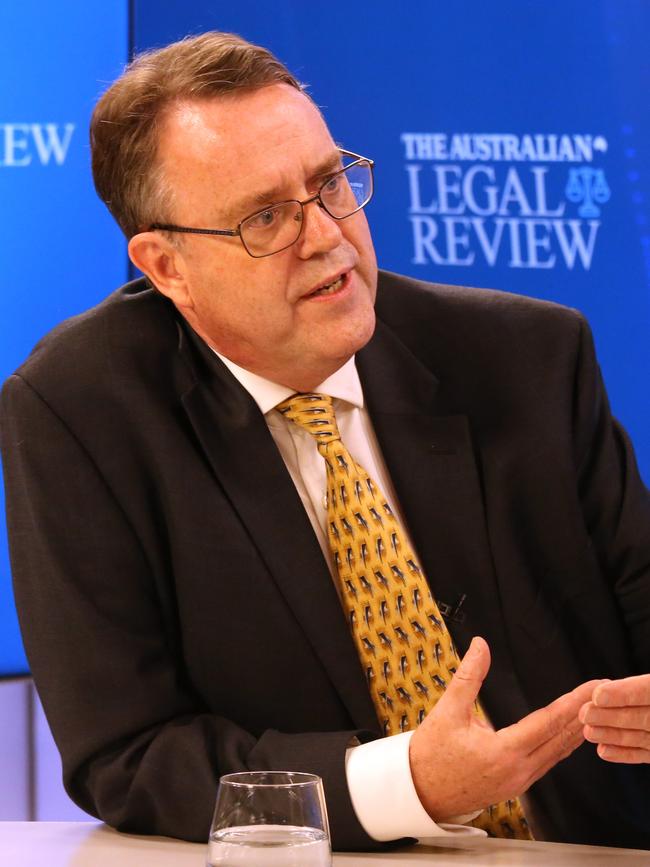
Fashionable ideas about sex and gender do not matter too much if no harm is done, but the medicalisation of vulnerable children and adolescents, with lifelong adverse consequences, deserves the most careful scrutiny.
Beginning about two decades ago, the Family Court decided, on the basis of some High Court authority, that such treatment required the court’s approval. In these cases, it had before it accurate and responsible medical information about what was known but also, importantly, how much was unknown, about the causes of gender dysphoria and its possible treatment.
But the Full Court of the Family Court abandoned this position in a 2017 decision, Re Kelvin, after deciding it would not read any of the medical literature offered to it.
To a great extent it relied on the affidavit of one medical practitioner from the Royal Children’s Hospital in Melbourne. There was no one to contradict her exposition of the state of medical knowledge. The position now is that thousands of children and teenagers are being referred to gender clinics with gender identity issues, overwhelming services. Whole groups of friends now identify as trans or non-binary. Many parents are in deep distress about what is happening with their children.
The social contagion is fuelled by unscientific ideas taught to children in schools and by YouTube and TikTok videos. Almost all secondary schools, and even some primary schools, have children who identify as a gender other than their natal sex.
A great many of these children and young people, a sizeable majority of whom are girls, are very troubled. A substantial proportion are on the autism spectrum. Others have a range of diagnosed psychiatric conditions. Most, arguably, are not in a position to give fully informed consent to medical treatment with lifelong adverse consequences.
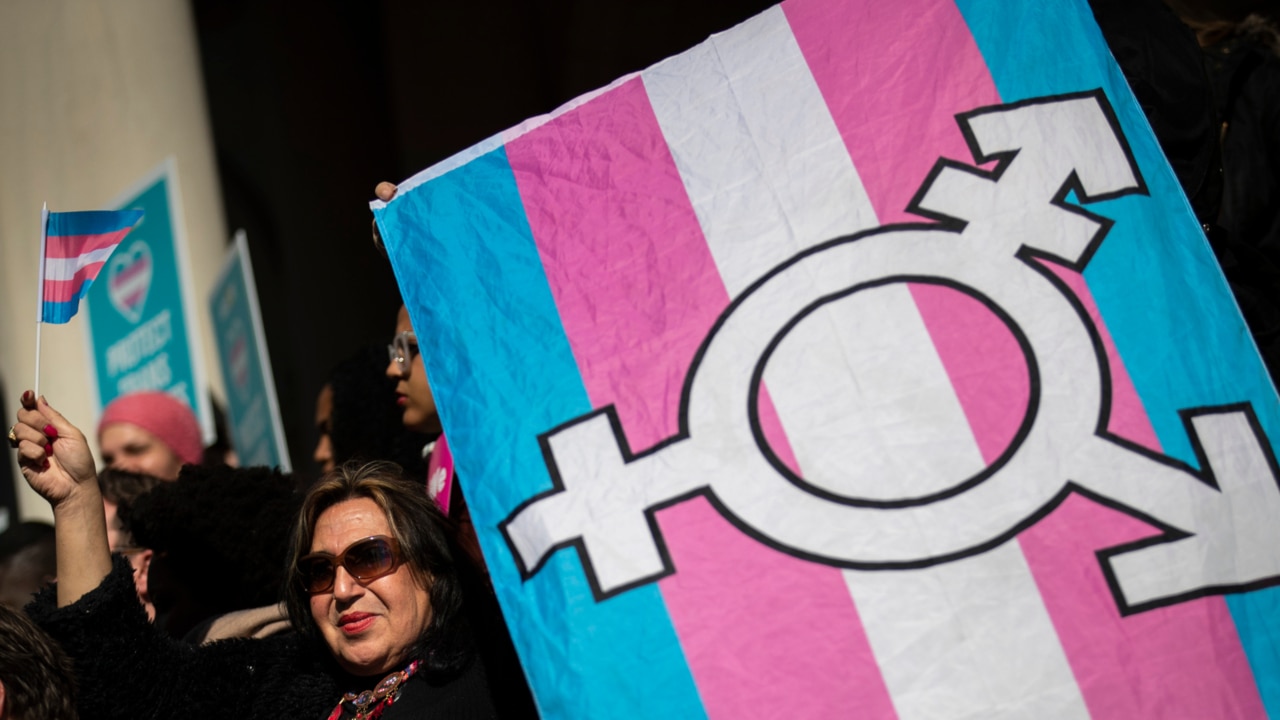
The Family Court was told for years that puberty blockers were safe and fully reversible. No doubt they are, for a relatively short time. They have been approved only to delay precocious puberty, typically for a year or so. No one knows what the effects on the brain are of using them to prevent normal adolescent development for up to five years, as happens in “gender-affirming care”. The adverse impact of puberty blockers on bone density is well-known and can be serious. Without puberty blockers, the unequivocal research evidence is that most children resolve their gender identity issues before or while going through puberty; but 98 per cent of children on puberty blockers go on to lifelong dependency on cross-sex hormones. It appears they lock children into long-term gender incongruence.
The Family Court also was persuaded that providing cross-sex hormones such as testosterone to girls or oestrogen to boys was some sort of cure for gender dysphoria even though they can destroy fertility and seriously affect the capacity for sexual pleasure.
It turns out the medical evidence for such benefits is very weak, although no doubt some have been helped. It is far from clear that our medical professionals and public hospitals are providing the information necessary for parents and children to understand all the risks and limited scientific evidence for the supposed benefits of the treatment.
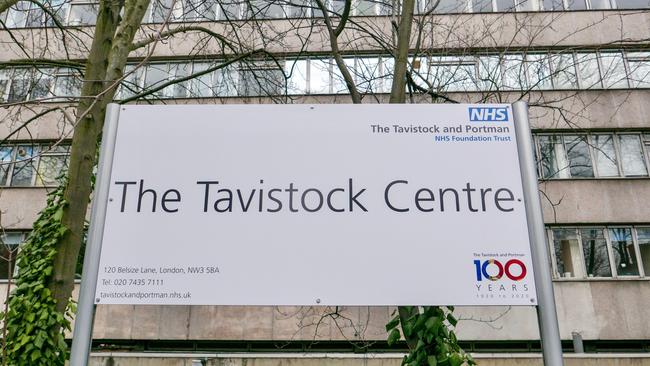
After systematic reviews of the medical evidence, the treatment has been all but banned in Finland, Norway and Sweden outside of strictly controlled research programs. England is likely to follow suit. Its major gender clinic, at the Tavistock in London, is to be closed. In these countries psychotherapeutic treatment, taking a holistic view of all the child’s mental health issues, is being used again as a frontline treatment. But not in Australia. You can risk jail in some parts of the country for providing the treatment that is recommended as optimal elsewhere.
The liability risk for “gender-affirming” doctors and state governments from malpractice and failure to obtain fully informed consent is huge, but that is not the most important issue. The health of our children and young people is what matters most. It is time now for a serious expert review of treatment practices in this area and a debate about what form of legal regulation is necessary.
Patrick Parkinson is an emeritus professor of law at the University of Queensland and a former chair of the Family Law Council.

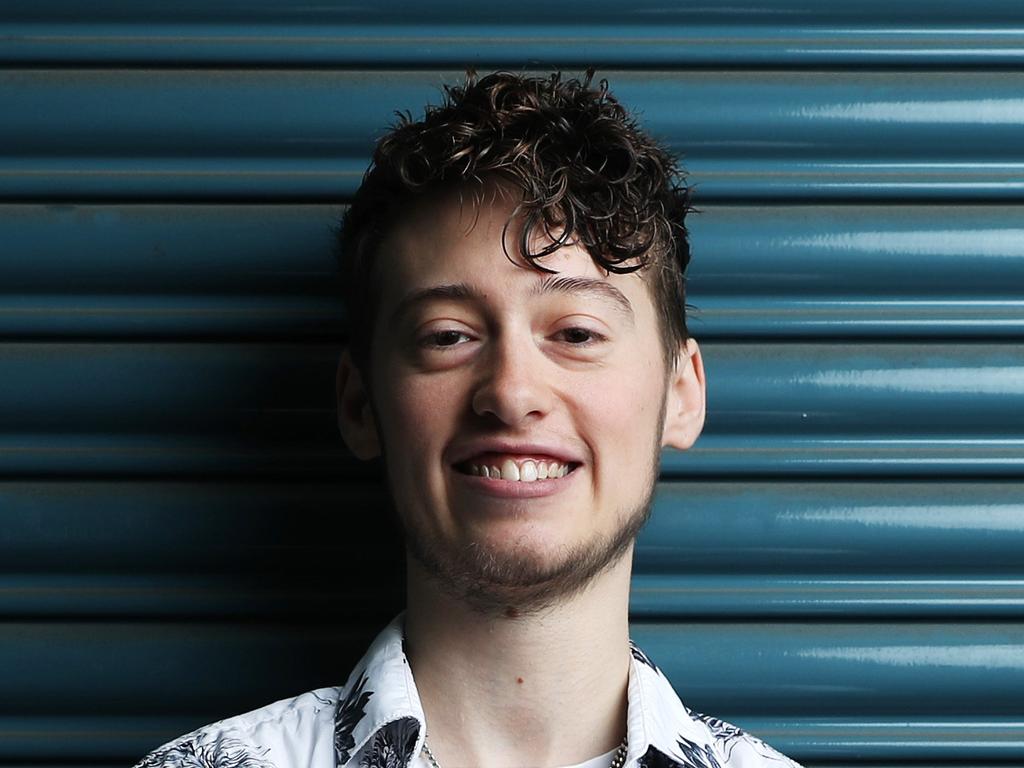

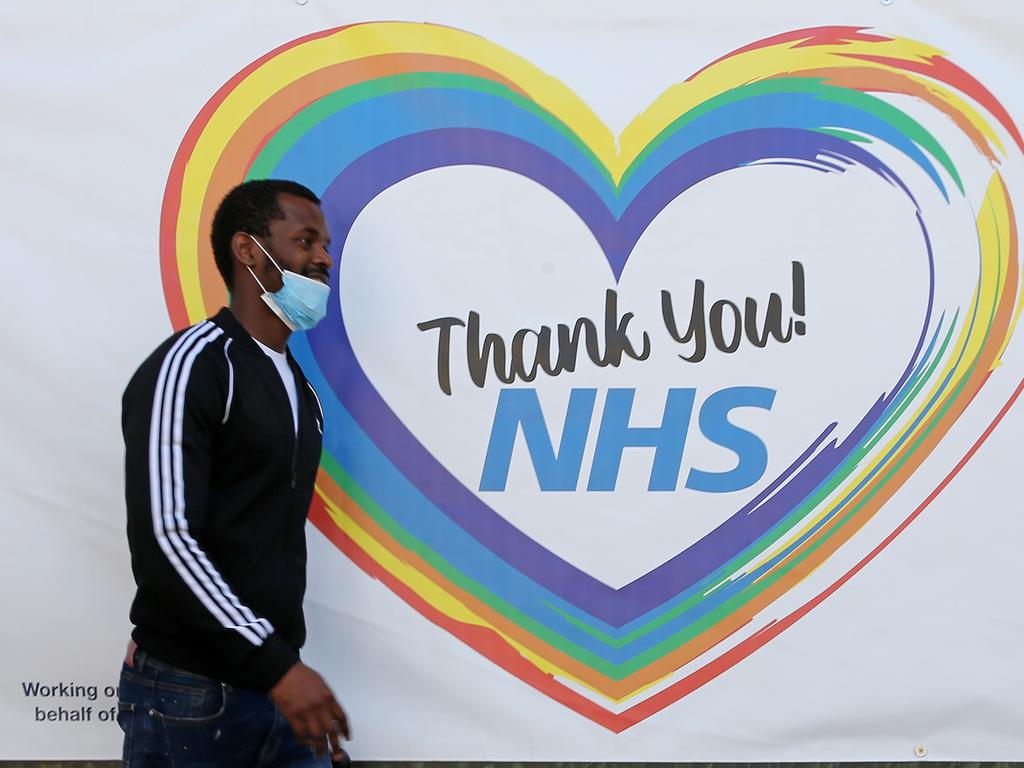
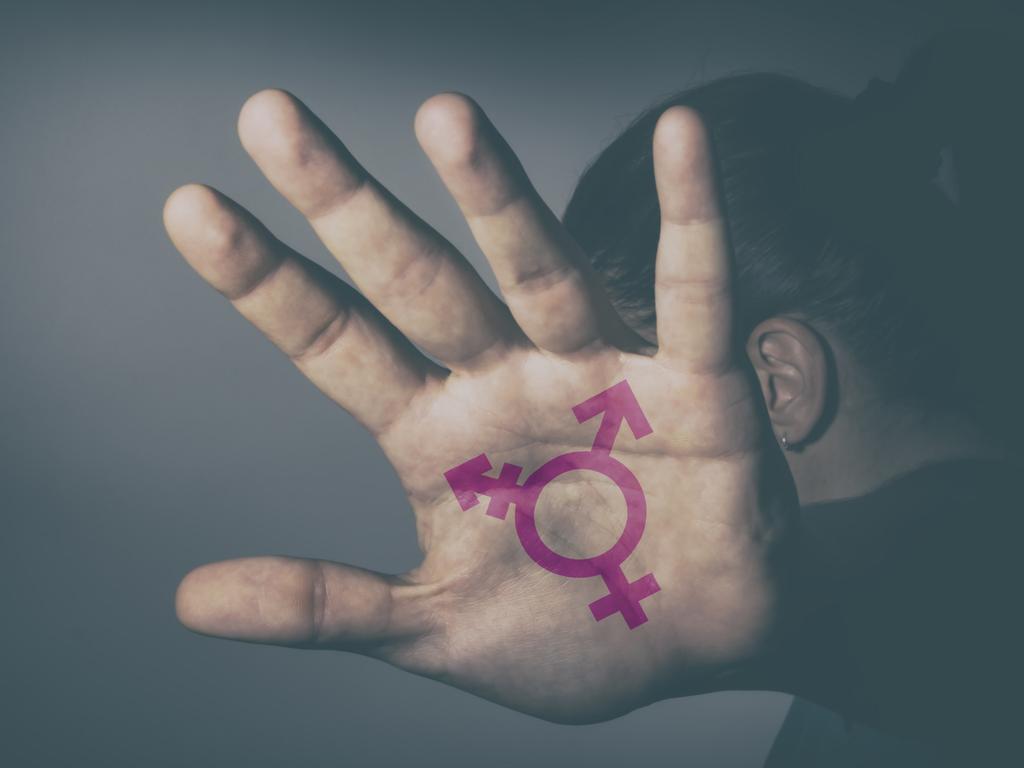


NOTE: The Press Council has decided this article has breached its Standards of Practice. Read the full adjudication here.